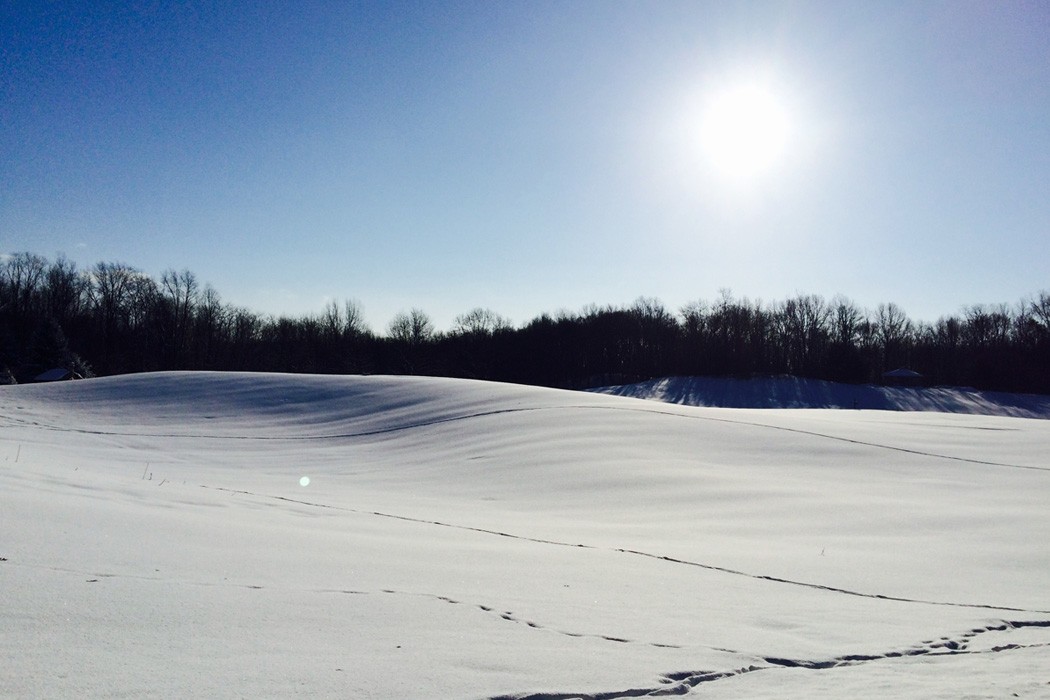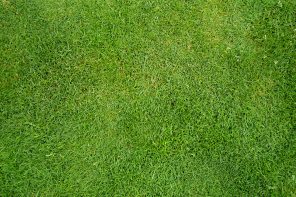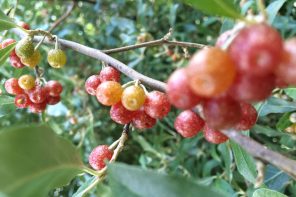I do not know how exact a case might be made, but it seems to me that there is an historical parallel, in white American history, between the treatment of land and the treatment of women. The frontier, for instance, was notoriously exploitative of both, and I believe for largely the same reasons. Many of the early farmers seem to have worn out farms and wives with equal regardlessness, interested in both mainly for what they could produce, crops and dollars, labor and sons; they clambered upon their fields and up on their wives, struggling for an economic foothold, the having and holding that cannot come until both fields and wives are properly cherished.
Wendell Berry in “Discipline and Hope” (A Continuous Harmony)
Bonnie Jo Campbell is a southwest Michigan author whose stories I appreciate in part for the ways in which they often merge the story of a body with the story of a landscape. In her novel Once Upon a River, the teen protagonist searches for affection as tender and wild as her feelings for the waterway she calls home. In the short story “Daughters of the Animal Kingdom” from her most recent collection called Mothers, Tell Your Daughters, Campbell weaves a cohesive tapestry out of contrasting colors: life and death, castration and fertility, alienation and home, with the family farm at the center of the resulting image. Approaching Campbell’s books is like walking through a beautiful field studded with stinging nettles—I know there will be pain, but I do it anyway because I want to go somewhere, see something up close.
I also appreciate Campbell’s stories because in them, I recognize many of the women of my place, and sometimes I recognize myself. It’s interesting to extend Berry’s theory about land and women to the place that I call home. There are women whose tidy, manufactured edges are just inches away from being overtaken by the wild. There are women the natives warn the newcomers about. There are women perched according to plan on the high ground, once obsessively coddled and tended and now the locus of so many dashed hopes. There are women we visit only because we have to, and women we can’t get out of our minds when we’re not with them—they even come to us in dreams. There are soft, curved shores, rarely touched, tucked beneath ample, forested skirts. There are features everyone has lusted after, and those everyone wishes they could forget.
The contours and uses of our places reflect not just the women of course, but all of us, and perhaps especially those of us who have the least capacity to speak out in our own defense. I think of the men from the local group homes who walk our neighborhood non-stop during daylight hours, and how our failure to imagine a flourishing life for them parallels our failure to re-imagine our brownfields or strip malls. As I watch another hedgerow come down to make way for the promised crop abundance of center pivot irrigation, as I cut my feet on zebra mussels that have taken over the silty bottom of Pleasant Lake just in the last couple of years: I recognize knot of fear that is born of affection, not just for the land, but for all of us who inhabit it, and who have mostly forgotten that our bodies depend on it for survival.
Every Sunday, in churches throughout our community (there are about forty of them for a population of 8,000), people break bread together, intoning variations on the familiar words: “this is my body, broken for you.” Every day or once a week or once every long while, we swallow meltaway wafers, mail-order cubes, homemade loaves with or without leaven. The body is broken indeed, but brokenness is just the prelude to a miracle. Some days, I have hope that our communities of faith will be transformed by such rituals as we realize they’re not just about what happened in an upper room 2,000 years ago. On other days, however, the noise of clambering is too much with me and I long for the stones to cry out.




